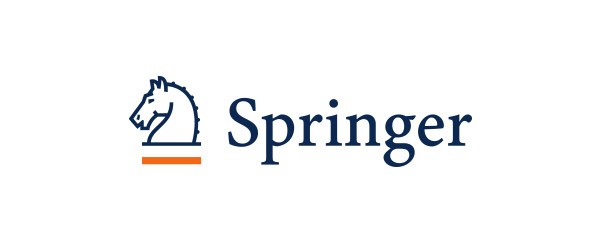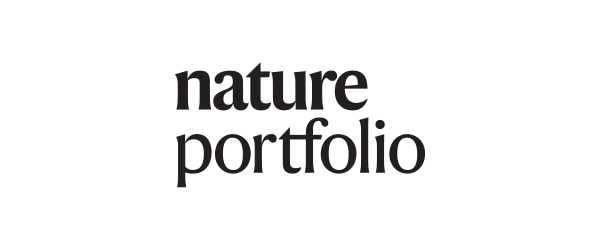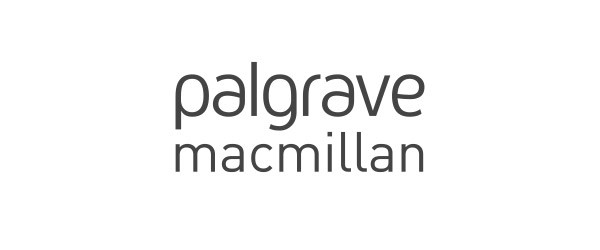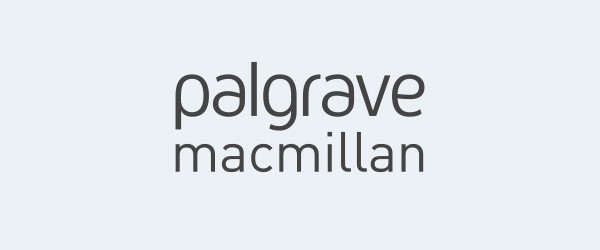One of the most effective ways that we can advance discovery for the whole community is by improving the integrity, experience and speed of the publishing process.
As an author with Springer Nature you can expect:
|
|
One of the most effective ways that we can advance discovery for the whole community is by improving the integrity, experience and speed of the publishing process.
As an author with Springer Nature you can expect:
|
|
Springer Impact Report
Springer strives to help authors find the correct audience for their research.

With over 2900 journals, Springer is a leading STM, humanities and social sciences publisher, providing researchers in academia, scientific institutions and corporate R&D departments with quality content.

A portfolio of best in kind journals; including Nature, the Nature-branded research and review journals, and multidisciplinary open access journals Nature Communications and Scientific Reports.

Dedicated to open research, BMC now publishes over 290 quality peer-reviewed journals in Biology, Clinical Medicine and Health.

Research within 60 journals across the humanities and social sciences, underpinned by close collaboration with many societies and institutions.

Tutorial: Submitting a manuscript
Helping you put your research in the best form; helping you find its best home
These free tutorials—featuring interactive quizzes with great advice and detailed learning materials—will help you to: write, submit, and publish your manuscript. Tutorials include:

With the largest single published collection of STM, humanities and social sciences publications, Springer’s books, eBooks and archives provide an unparalleled resource for scientific and scholarly research.

From award-winning research to major reference works, Palgrave publishes books across the humanities, social sciences and business.

Apress publishes more than 2,500 IT titles across computer sciences, geared towards programmers and developers at all levels and at every stage of their education and career.

Metzler's German book program includes literature and media sciences, philosophy, linguistics, music and history.

Currently about half of Greenland’s ice losses are through the release of icebergs into the ocean, a process known as calving - rather than by surface melt. In order to investigate the complex response of Arctic glaciers to warming of the atmosphere and ocean, the CRIOS project (Calving Rates and Impact on Sea Level), recorded data from key locations including Kronebreen, a fast-flowing glacier in Svalbard, Arctic Norway. Data from the project is now being used to develop improved predictive glacier models as part of a NERC-funded project.
Explore more advancing discovery stories. Learn more